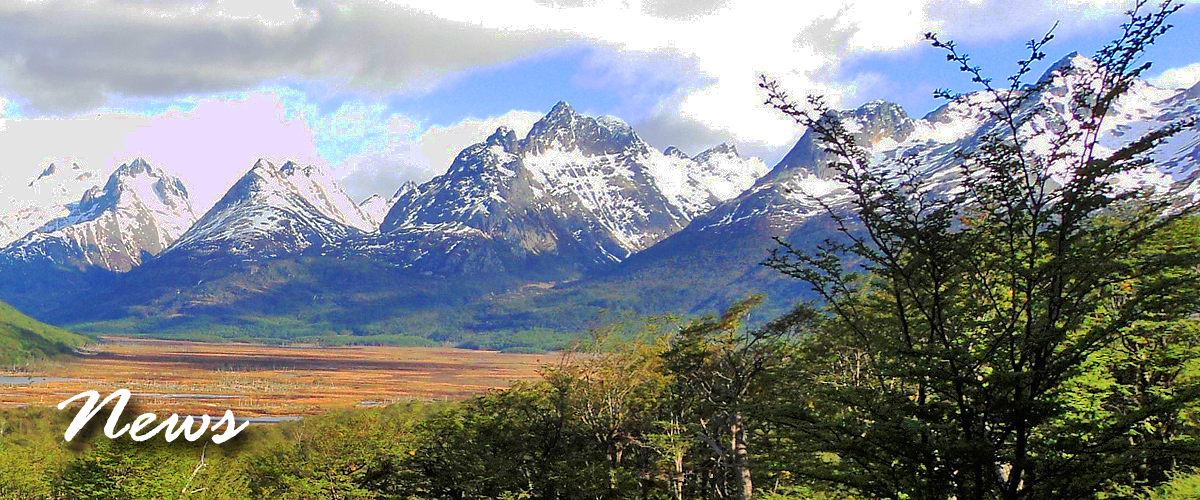

This photo was taken by the Polish missionary and ethnologist Martin Gusinde. This is the photographic record of the preparations for the last Secret Ceremony of Hain, held in 1923, in Tierra del Fuego. This member was known by the name of “Ulen”. The images obtained by Gusinde belong to the Anthropos Institute, founded in 1906 in Austria (now settled in Germany). The copyright belongs to the editor Xavier Barral (France). This image was granted exclusively for the book “21 Days at the End of the World.” Reproduction is prohibited.
∞
In its origins the Hain was ruled by the women, who had a superior position in their society. The main objective was to insert its members into a context of high wisdom, making them able to harmonize with the forces that govern the Earth and the Universe. Over time, the Fuegian society became patriarchal, and the women were deprived of their positions. The identities of its members have been kept in secret for thousands of years.
In 1923, after narrowing his friendship with Tenenesk (considered the last shaman), Martin Gusinde (1886-1969) was permitted to participate and document the last Ceremony of Hain. Tenenesk was also known for his affable tendency to interact with the Europeans. As soon as he learned Spanish, he tried to insert his son into that context as well. In the winter of 1924 Tenenesk, accompanied by four others, died in a camp on the shores of Lake Khami (Fagnano) due to an epidemic of measles. Through Gusinde’s records it became known that the Hain was composed of twelve members (spirits), whose names were known as: Halaháches (Kótaix), Hóshtan, Keternen, Koshménk, Kulan, Kulpush, Matan, Olum, Shoort, Tanu, Ulen and Xalpen.
Nevertheless, the total number of members is unknown until today, considering that in the year 1923 the Hain had already ceased to exist and Gusinde participated only as an interpretation of its rituals. On this occasion, the ceremony lasted fifty days and its members remained throughout the period in the same place. In the previous year the ceremony had lasted four months and, in the past, could last for more than a year.
In the early 1960s the Franco-American ethnologist Anne Chapman (1922-2010) did the important job of recovering and recording the mantras that were sung at the Secret Ceremonies of Hain. Altogether thirty-four mantras were interpreted by Lola Kiepja, who died in the year 1966. Until then, Kiepja was considered by many as the last person of pure blood of the ethnic Selk’nam still alive; although this position was also associated with Angela Loij, who died in 1974.
Subsequently, there was knowledge of a last pure Selk’nam child born in the Salesian Mission in Rio Grande, named Virginia Angela Choquintel. Although she was pure blood, Virginia did not practice the customs of her people. Deceased in the year 1999, the museum of the city of Rio Grande was renamed after her. For her outstanding work; in 2003 Anne Chapman received the title of Doctor Honoris Causa from the University of Magallanes (Punta Arenas). Anne Chapman died in Paris in 2010.
The Secret Ceremony of Hain served as inspiration for “The Secret Society of the Tierra del Fuego“, approached by the author throughout this book.
(In memoriam of Martin Gusinde and Anne Chapman).
